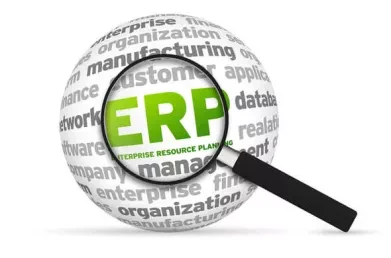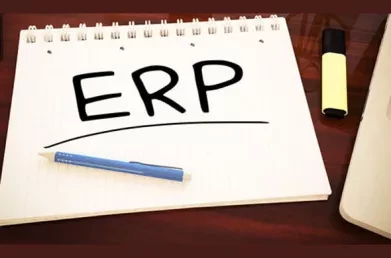Map the Business to the ERP System or Vice Versa
So, the big decision has been made. The company is going to purchase an ERP system. You have the backing of the MD, the CFO and the majority of the Board (there is always one!). All you have to do is “install it”. There are no more big decisions and no need to keep bothering the executives with any more big decisions on this matter, Right?
Actually, the process has just started and there are a multitude of big decisions to make and you will certainly need the support of the executives in one crucial choice: Do you change some or all of the business processes to accommodate the new software or do you modify the software to fit the existing company processes?

Before we discuss this crucial question, we need to consider why organisations choose to purchase a new ERP system:
- There may be a need to replace a legacy system. This old system has probably been developed over time (and at great expense) to match existing company processes but the vendor may no longer be willing to support the system.
- The organisation believes that a new system will provide efficiencies.
- A new system may provide an improved service to the customer through enabling the introduction of modules for customer relationship management; e-commerce interaction among others.
- It is highly desirable to have one single database and full integration between the various departments.
- The management believe that the current work practices are out-dated and could be enhanced by a new state of the art ERP system.
There may be more than one reason but there is one common denominator in the purchase of a new ERP system: the people spending the money will expect an implementation that is on time, within budget and, most importantly, will expect a significant return on their investment. It is ERP implementation best practice to avoid customisation if at all possible. Making changes to the functionality in order to copy your current processes will affect every module of the ERP system because the modules are all so tightly integrated. Invariably software bugs will be encountered, taking numerous iterations to fix and extending the time to completion. Furthermore, the effects of customisation will be seen throughout the life of the ERP system, especially during upgrades when extra work (and money) will be required to ensure that the customisation works in the new version.
Additionally, the vendor may quickly stop supporting the non-standard functionality or start charging excessively for maintaining your system in operation. The probability of this occurrence is in direct proportion to the extent of customisation. You could soon be back in a legacy system scenario and have recreated the very reason you were so keen to purchase a new system in the first place! However, to map the business process to accommodate the software, will mean deep changes in long established practices of doing business. This will shake up some very important people’s roles and responsibilities and few companies have the stomach for such a challenge. You will need strong change management skills and you will need the support of the executive if this change management is to be successful. This should not deter a company from implementing a new system.
The requirement to customise an ERP system or to change your processes can be greatly reduced if you:
- Follow a comprehensive and objective ERP system selection methodology. This will lead to a system that will be the closest match to your processes (in particular, the processes that give you competitive advantage).
- Ensure that you use implementation experts that not only understand the numerous ERP system options but who also have knowledge of best practice from a process perspective.
So, in conclusion, if your new ERP provides new efficiencies in, for example, the way your people take orders, generate pick lists; manufacture goods, dispatch and invoice, you will get return from the investment. If you simply install the software without changing the way people do their jobs you will most certainly not realise any benefits because you are replacing the old system that everyone knew with a new package that no one knows how to use. There is no point in buying a Ferrari if you have a guy walking in front with a red flag!
This blog was written by Martin Commins, Principal Consultant at Lumenia. If you would like further information on ERP System Strategy please send an e-mail to Martin Commin


